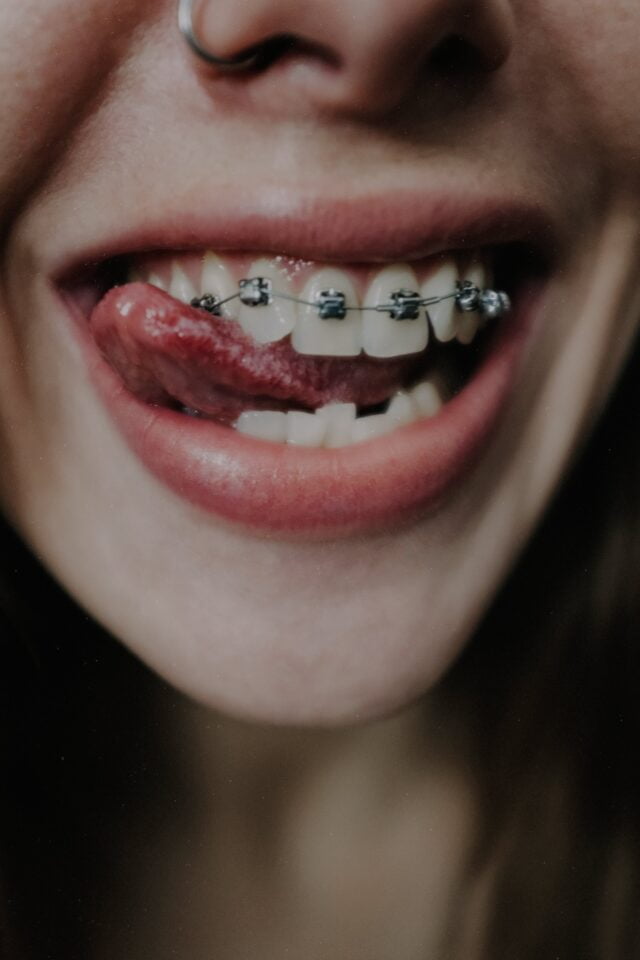 Teeth braces, also known simply as braces, are orthodontic devices used to correct misaligned teeth and jaw problems. They work by applying continuous pressure to the teeth, gradually moving them into a more desirable position. Braces are commonly used to address various orthodontic issues, including:
Teeth braces, also known simply as braces, are orthodontic devices used to correct misaligned teeth and jaw problems. They work by applying continuous pressure to the teeth, gradually moving them into a more desirable position. Braces are commonly used to address various orthodontic issues, including:
- Overcrowded Teeth: When there is insufficient space in the jaw for all the teeth to fit properly.
- Misaligned Bite: Problems with the bite, such as an overbite, underbite, crossbite, or open bite.
- Crooked Teeth: Teeth that are out of alignment or tilted.
Braces typically consist of several components:
Brackets: Small, usually metal, squares that are attached to each tooth using a special adhesive.
Bands: Metal rings that go around the back molars or anchor teeth.
Archwire: A metal wire that connects the brackets and provides the force needed to move the teeth.
Elastics or rubber bands: Used to apply additional force and correct specific bite issues.
There are also more modern alternatives to traditional metal braces, such as:
- Ceramic Braces: Clear or tooth-colored brackets that are less noticeable than metal ones.
- Lingual Braces: Placed on the back of the teeth, making them virtually invisible from the front.
- Clear Aligners: Custom-made, transparent trays (e.g., Invisalign) that gradually move the teeth without the need for brackets and wires.
The duration of orthodontic treatment with braces varies depending on the severity of the misalignment and the specific treatment plan. Regular adjustments are necessary to tighten the braces and continue the progress of tooth movement.
It’s important to maintain good oral hygiene while wearing braces, as brackets and wires can make cleaning more challenging. Regular check-ups with the orthodontist are essential to monitor progress and make any necessary adjustments to the treatment plan. If you are considering braces, it’s advisable to consult with an orthodontic professional who can assess your specific needs and provide personalized recommendations.

